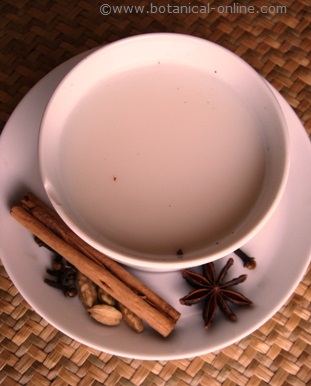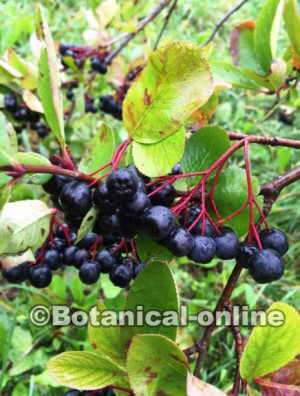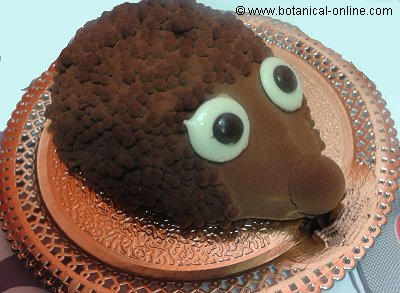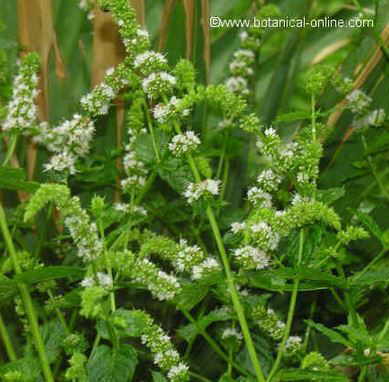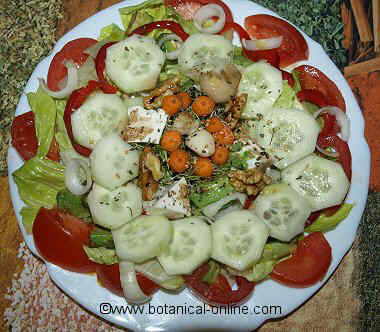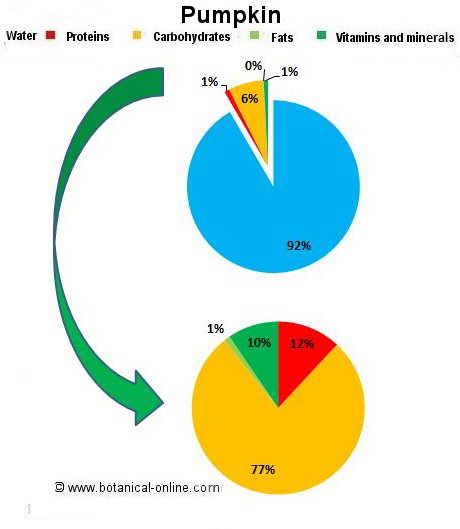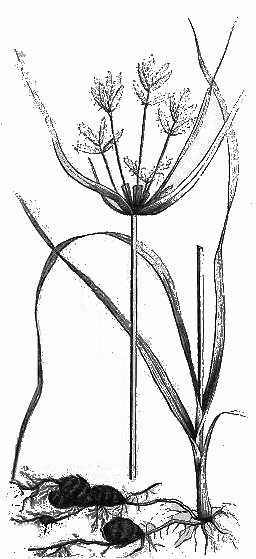Contents
TYPES OF BLACK TEA
Black tea classes
Black tea is the only kind of tea which undergoes full fermentation during processing. For this reason, this type of tea is also often called fermented tea.
On the market we can find other types of semi-fermented teas such as blue tea or Oolong tea or post-fermented teas, such as red tea, Pu-Erh and pressed tea.
The main difference between the fermented teas (like black tea) and unfermented teas (such as green tea), is that fermentation process increases the caffeine content and reduces its contribution of polyphenols (less antioxidants).
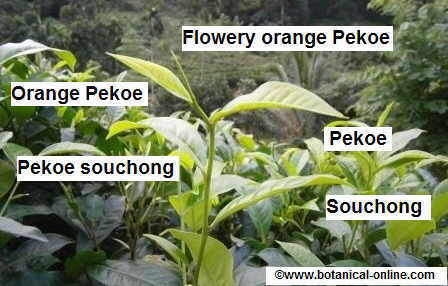
Picture of a new shoot of tea with the names given to each one of the leaves
Classification of black tea
The whole fermentation process that black tea undergoes produces physical and chemical changes in the tea leaf, which give different color and flavor to this drink. For this reason, there are many different types of black tea. All of them respond to different quality, color and taste .
For example, the leaves that are broken during the process have a stronger flavor because they are more oxidized than whole leaves.
Black tea experts distinguish three main classes:
1) – whole leaf teas
2) – broken leaf teas
3) – shredded leaves teas
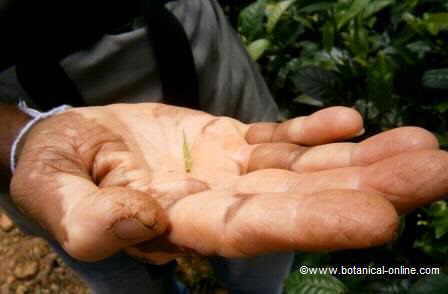
Picture of a hand showing a “golden-tip”, that is, the upper bud of a tea plant shoot, with leaves still folded. They are the most appreciated for making tea.
1) Whole leaf black teas
– Orange Pekoe (OP) tea is made up of the top two leaves of tea shoots, that’s to say the youngest. The name “Orange Pekoe ” refers to the noble house of Orange -Nassau Dutch, who brought tea to Europe during the 18th century. ” Pekoe ” means ‘ fluff ‘ in Cantonese, and alludes to the hairy covering of tender tea leaves shoots. The leaves are wound longitudinally.
This tea is the most popular among the experts, as it contains a high proportion of golden tips, which are the tips of new growth, with the leaves still folded. The buds or golden tips are colored golden or orange when dry and tastes very valued.
There are different qualities of OP, depending on the percentage of golden tips containing:
– Flowery Orange Pekoe (FOP): Contains the two terminal leaves of the new shoots, that is to say, some percentage of buds.
– Golden Flowery Orange Pekoe (GFOP): Contains higher percentage of golden tips that PFO, so it is considered of better quality.
– Tippy Golden Flowery Orange Pekoe (TGFOP): Contains higher percentage of golden tips that GFOP. Excellent quality.
– Finest Tippy Golden Flowery Orange Pekoe (FTGFOP): Contains golden- highest percentage of all the previous tips.
– Special Finest Tippy Golden Flowery Orange Pekoe (STGFOP): The highest quality tea, with very high percentage of golden tips. Generally, in tea shops,we just find FOP quality.
– Pekoe (P): Lower quality than Orange Pekoe because it does not contain golden tips.
– Pekoe Souchong (PS) With inferior quality to Pekoe, since it contains older leaves.
– Souchong (S): This is an old leaf tea with strong flavor. It is distinguished by its size, which is higher than other types of teas. Large, thick leaves are rolled, they sometimes have the form of small pellets.
In addition, experts can add the number 1 in front of the classification to indicate that is top quality.
2) Broken leaf black teas
– Broken Orange Pekoe (BOP) is obtained from the leaves that have been broken during the manufacturing process and that have been collected during screening. They are added with the letter ” B” (“broken” ) at the beginning. They generally have a medium size particles.
As in the previous classification, based on the percentage of golden tips, there are different qualities:
– Flowery Broken Orange Pekoe (FBOP)
– Golden Flowery Broken Orange Pekoe (GFBOP)
– Tippy Golden Flowery Broken Orange Pekoe (GFBOP)
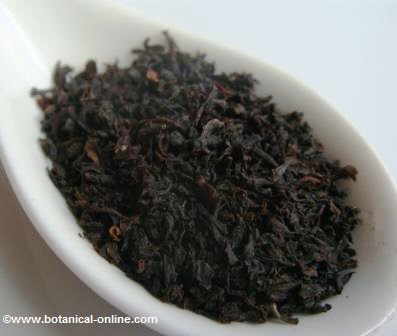
Photography of quality Ceylon black tea (FBOP), which is considered good quality (look at the median particle size)
3) Black teas with crushed leaves
They are diminutive size teas, whose infusion gives off a strong flavor. Since they have because a larger contact surface, the tiny particles release all its tannins. Considered of lower quality than the previous two because its flavor is stronger and less aromatic than the previous two. Can be found in tea bags.
– Fannings (F) with particles from 1 – 1.5 mm. thick from broken tea leaves after the winding process. This type of tea may or may not contain golden-tips. They are classified into:
– Pekoe Fannings (PF)
– Orange Fannings (OF)
– Broken Orange Pekoe Fannings (BOPF)
– Flowery Broken Orange Pekoe Fannings (FBOPF)
– Dust (D): the worst quality of black tea. It contains powder of tea leaves, particles smaller than 1mm. Usually in supermarkets.
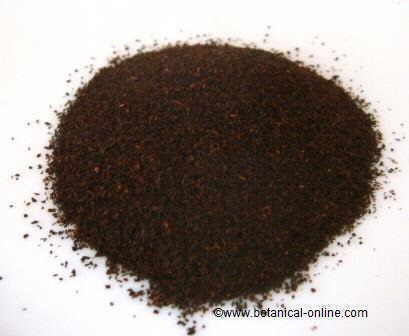
Black tea dust (D)
![]() More information about tea.
More information about tea.

